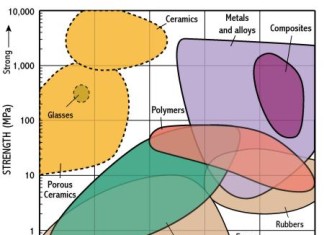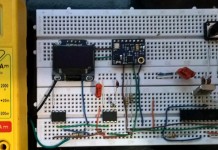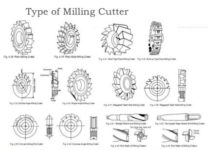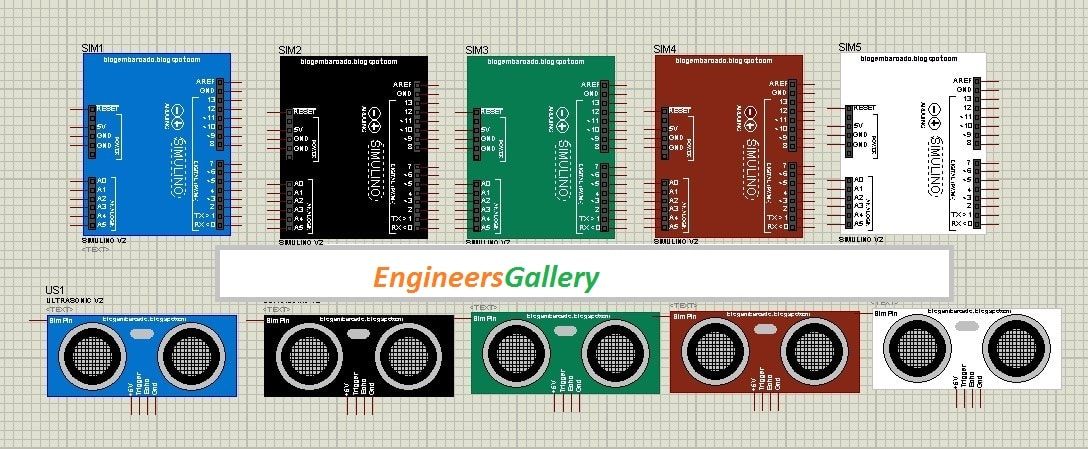COLD CHAMBER DIE CASTING MACHINE -MECHANICAL PROJECT
SYNOPSIS
The project deals about the cold chamber die casting machine. The main principle is to compress the plastic material in a barrel and the compressing motion is developed by rotating the rack and pinion arrangement. The plastic material is heated by the heater surrounding the barrel. Then it is converted into molten state. The molten plastic is injected through the nozzle in barrel to the die by the compressing force. After completing this process, we will get the product from the die. Commercial products like bushes, couplings, switches etc., can be produced.
INTRODUCTION
The polymer material are converted into plastics and used as tubes, sheets, foams, rods, adhesives, etc., The theological properties, softening, tempering, stability, the size and shape are important in describing the method. These methods are different kinds of plastics. Broadly speaking the method may be discussed under the following headings,

1. MOULDING PROCESS
2. FOAMING PROCESS
MOULDING PROCESS:
In this process the plastics are fabricated under the effect pressure and heat and both thermoplastics and thermosetting plastics may be starting materials.
INJECTION MOULDING:
Thermoplastics are produced by this method. In this the material is softened by heating and the hot softened plastic is forced under high pressure into the mold, when it is set by cooling and the mold is ejected.
FOAMING PROCESS:
This involves the blowing of a volatile organic liquid, which is entrapped into a polymer network resulting in the formation of foamed plastics. Foamed polysterens are produced in this process.
MERITS
- The daily using components can be easily made.
- The cost of the project is very less.
- High electricity consumption.
- Textile products can be produced.
- Less skilled labour is enough.
- Different shape of the components can be made according to the die what are used.













